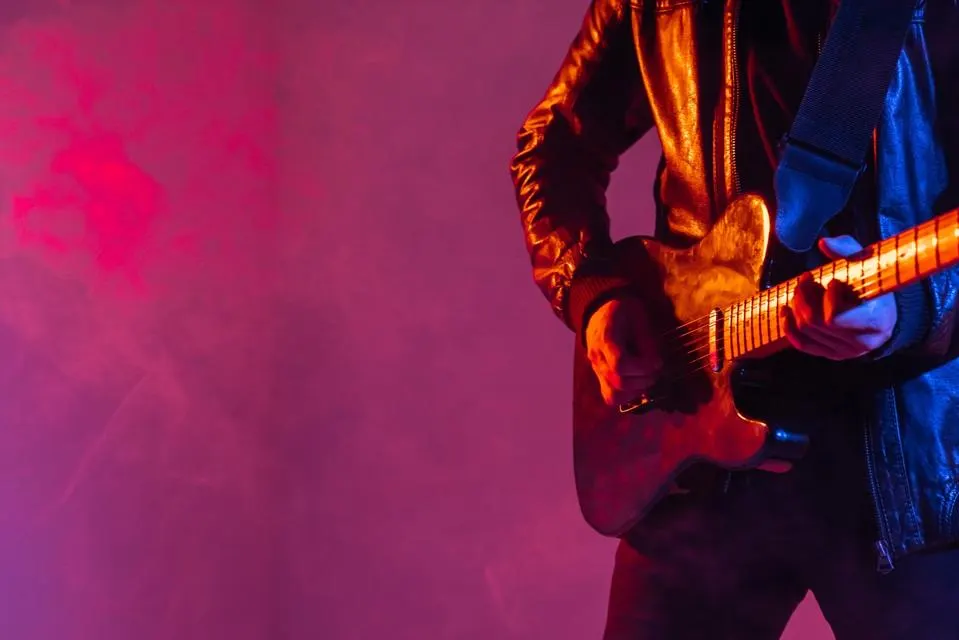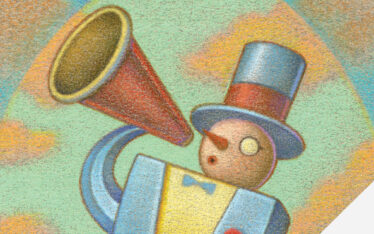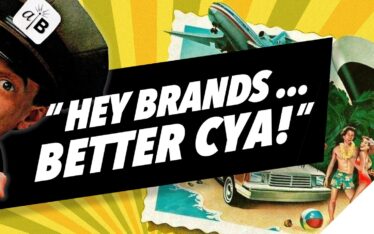
The qualities that make LinkedIn’s top performers successful—confidence, passion, vision—are the same ones that have music fans shelling out cash to see their favorite artists perform live. Tapping into your inner rock star can help you build a strong LinkedIn presence and a fan base of your own.
While your organization’s LinkedIn company page is important, most professionals prefer to connect with a face rather than a logo. Your company is the band. But you’re the front man/woman, and your personal brand is critical to the company’s bottom line.
From singer/songwriters in intimate settings to global phenoms in packed stadiums, here’s what you can learn from entertainers to connect on a deeper level with your audience.
Tell a story.
There’s something about great storytelling that draws us in. John Mellencamp’s recent concert started with a projector playing old black-and-white films, overlayed with the artist’s voice explaining it was these old movies that inspired him to write lyrics to what would become world-famous songs and lead to a legendary music career. Later, he shared a story about visiting Joanne Woodward after the death of her husband, Paul Newman. During one visit, he recorded her reading the lyrics of his song, “The Real Life.” He played this spoken word recording for the audience, made more poignant by his revelation that she was diagnosed with Alzheimer’s the year prior to losing her husband and hasn’t spoken a word in the last 10 years.
When you’re writing your LinkedIn posts, consider sharing a personal story or anecdote that helps to explain the advice you want to share. For example, let’s say you want to share tips for growing your audience. If you love to garden, and that love of gardening was passed down to you by your grandmother, you could share a poignant childhood memory of spending time in the garden with her. Then use that moment to explain how to nurture growth.
Know your audience.
There’s no question that musicians on tour forget where they are while they’re on the road. But still, it’s a major faux pas to shout out the wrong city. Why? Because audiences want to feel seen. It’s why personalization is critical in marketing. I’ve seen many concerts where I live in St. Louis, MO, and many of those artists have come out on stage wearing a Blues or Cardinals jersey. It helps them build an instant connection with the audience—and that leads to a more meaningful experience.
Often, the audience that executives are trying to reach isn’t the same audience that follows them. You might want to focus on high-powered decision-makers, but don’t overlook middle managers who already engage with your content. These professionals are tomorrow’s decision-makers.
Be human.
On the first stop of his 2023 North American Tour, Hozier stopped the show in the middle of a song—not once, but twice—to let staff know that someone upfront needed medical assistance. He also introduced each member of his band multiple times, shining the spotlight on their talent and thanking them for their contributions. And he called out his opening act, praising her talent and reminding the audience who she was.
During a 2022 tour stop, Dave Grohl invited a 10-year-old on stage to play guitar with him and then gave the young musician his guitar. Before the kid jumped off the stage he asked, “Where’s his mom?” just to make sure he’d find her in the crowd and so no one would swipe the guitar from him.
Being human means showing empathy and leaving your ego backstage. Giving credit where it’s due and thanking those who have helped your career only makes you more relatable and likable. When you’re sharing advice with your followers, remember where that advice came from and tag the person whom you learned it from. If you are sharing an award or professional recognition, tag the people who helped you get to where you are (your first boss, perhaps, or a college professor).
Make your audience the hero.
Garth Brooks is arguably the king of stage presence. I’m not a country music fan, but every person who walks into a Garth Brooks concert walks out a believer. In 2014, I had the pleasure of seeing him live. From the first notes of “Unanswered Prayers,” the entire stadium grew silent. And then they sang. Every word. Garth didn’t utter a note, instead dropping his head, hat tilted over his eyes, one hand holding the mic out to the crowd, the other over his heart.
When Hozier reached the chorus of “Take Me to Church,” the crowd took over, singing the “Amens” with the ardor of a tent revival, the entire audience lit with the glow of iPhone flashlights.
The music is why we buy the merch, download the songs and go to the concerts. But it’s moments like these that take us beyond the music, creating unforgettable experiences that stay with us for a lifetime.
So, how can you carry this into your LinkedIn strategy? For one, try not to start every LinkedIn post with “I.” Flip the script instead so that your audience can see themselves in the story you share. Instead of “I am a hybrid cloud expert, and these are the five tips I share with my clients to help them with their digital transformation.” Try this instead: “Want to be your company’s digital transformation rock star? Follow these five tips learned from 10 years of hybrid cloud experience.” With all due respect, the only one who cares about you and your business is you. Your audience cares about themselves and their businesses. So give them information that sets them up for success, and they’ll remember you as a thought leader.
Building your LinkedIn presence can not only lead to memorable moments with your audience but also has the power to create professional opportunities that further your career and positively impact your organization’s bottom line.
This article was originally published by Forbes.


